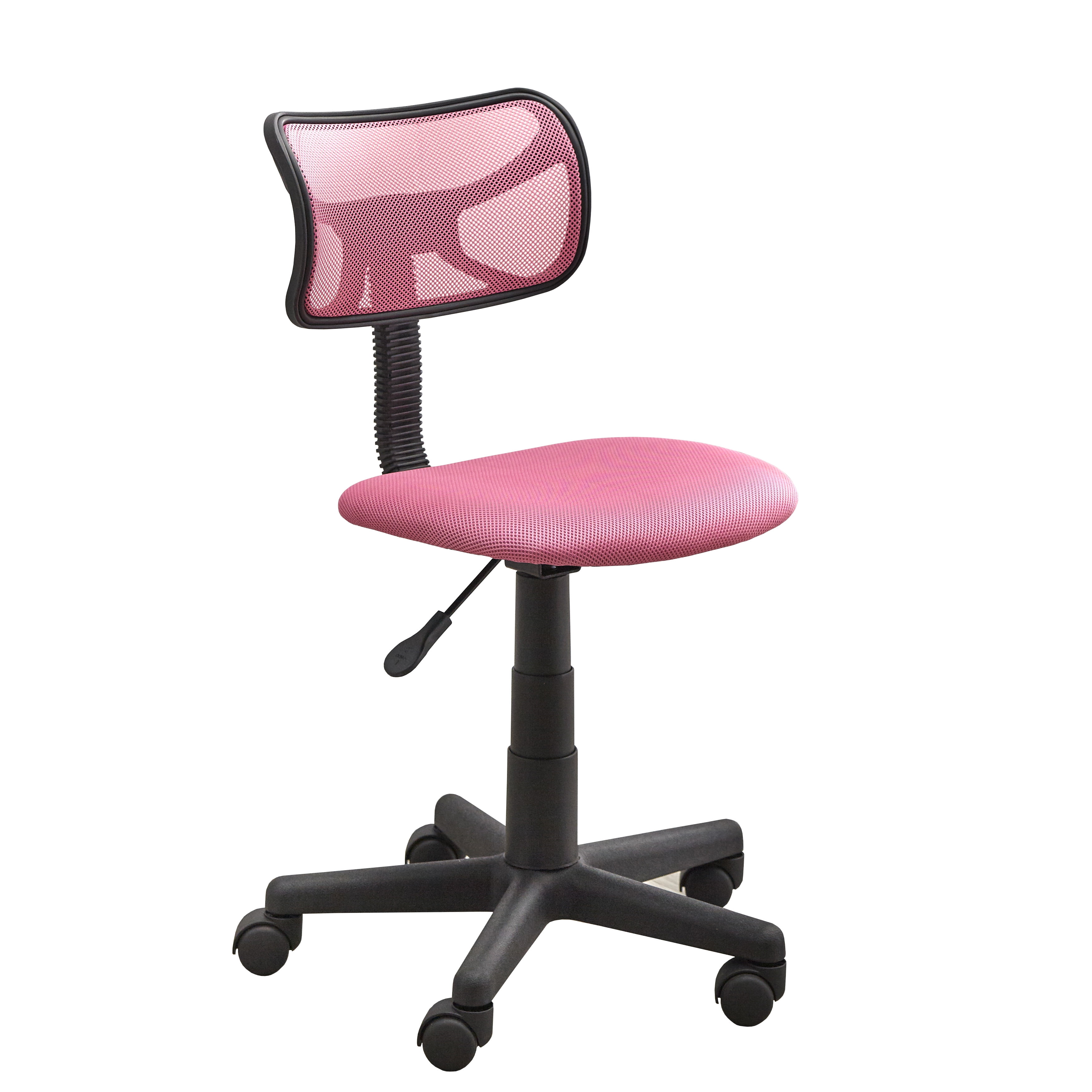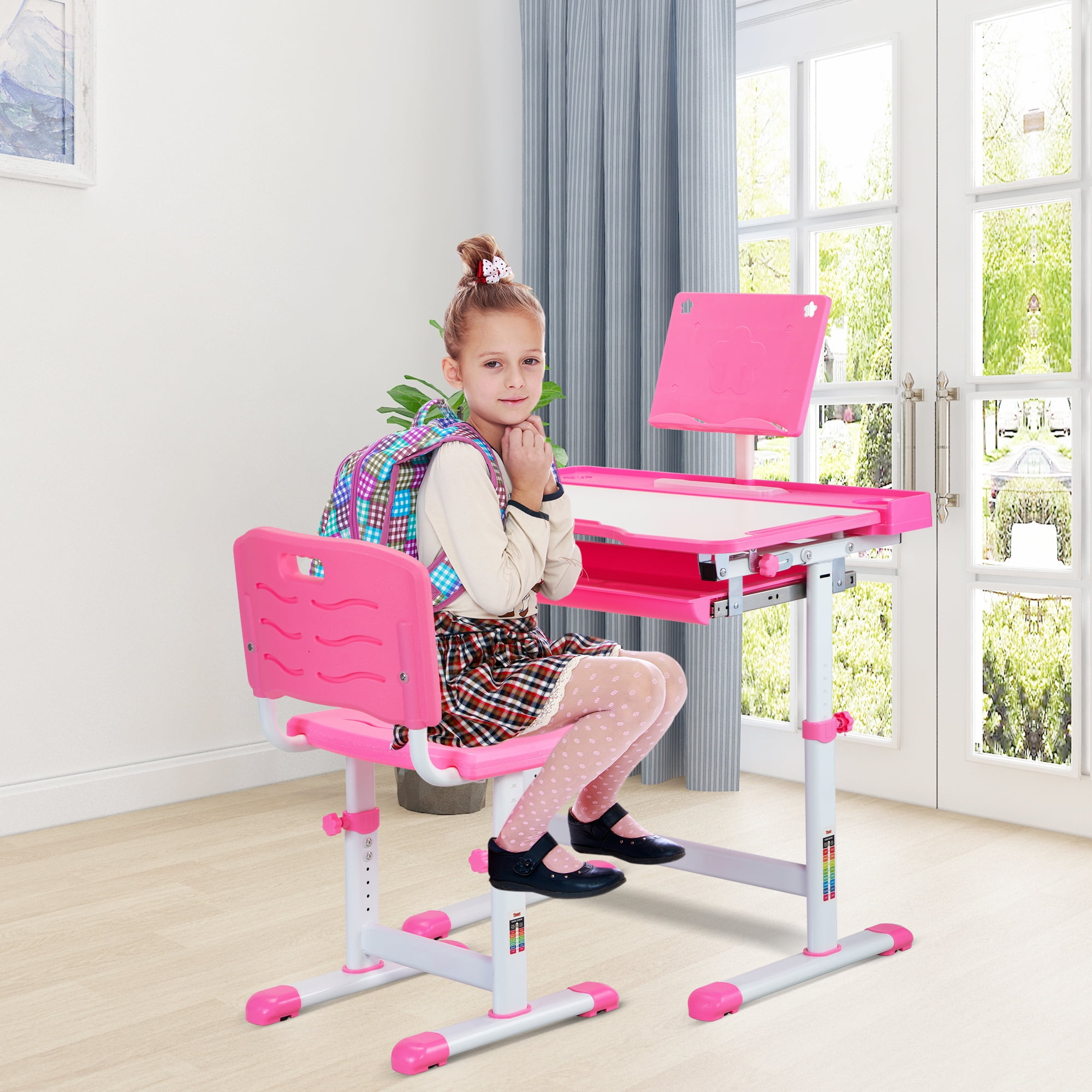Product Features and Benefits of Adjustable Kids’ Desk Chairs: Kids Adjustable Desk Chair

Investing in an adjustable kids’ desk chair is an act of nurturing the young mind and body. It’s about providing a supportive foundation for learning, growth, and a healthy posture, fostering a positive and productive learning environment. A thoughtfully designed chair can significantly impact a child’s comfort, focus, and overall well-being.
Ergonomic Design Elements in Adjustable Kids’ Desk Chairs, Kids adjustable desk chair
Ergonomic design in children’s chairs focuses on supporting natural posture and movement. Key features include height adjustability, allowing the chair to grow with the child, ensuring their feet comfortably rest on the floor and their knees are bent at a 90-degree angle. Seat adjustments allow for personalized comfort and proper support. A contoured backrest promotes spinal alignment and reduces strain. High-quality materials, such as breathable fabrics and durable frames, contribute to long-term comfort and chair longevity.
Comparison of Adjustable Kids’ Desk Chair Materials
Different materials offer varying advantages and disadvantages. Mesh chairs offer excellent breathability, preventing overheating and discomfort, especially during extended periods of sitting. However, they might lack the plush feel of other materials. Leather chairs offer a sophisticated look and are easy to clean, but can be less breathable and potentially more expensive. Fabric chairs provide a comfortable and often more affordable option, but require more frequent cleaning and may wear out faster than other materials. The optimal choice depends on individual preferences, budget, and climate.
Comparison of Popular Adjustable Kids’ Desk Chair Brands
| Brand | Key Features | Price Range | Customer Rating (Average) |
|---|---|---|---|
| Brand A (Example: A hypothetical brand) | Height-adjustable, breathable mesh back, adjustable seat depth, sturdy base | $100 – $150 | 4.5 stars |
| Brand B (Example: Another hypothetical brand) | Height and tilt adjustable, padded seat and back, durable plastic construction | $75 – $125 | 4.2 stars |
| Brand C (Example: Yet another hypothetical brand) | Height adjustable, ergonomic design, fabric upholstery, armrests | $120 – $180 | 4.0 stars |
| Brand D (Example: A final hypothetical brand) | Height and seat depth adjustable, lumbar support, leather upholstery | $150 – $250 | 4.7 stars |
*Note: Price ranges and customer ratings are hypothetical examples and may vary based on retailer and specific model.*
Long-Term Health Benefits of Adjustable Kids’ Chairs
Using an adjustable chair promotes proper posture from a young age, minimizing the risk of developing long-term back problems. The ability to adjust the chair to the child’s height ensures proper spinal alignment, reducing strain on the back, neck, and shoulders. This contributes to better comfort during study or work, leading to improved focus and concentration. The reduced strain also helps prevent fatigue and discomfort, allowing children to remain engaged in their activities for longer periods. Investing in an adjustable chair is an investment in a child’s long-term physical well-being.
Buying Guide and Considerations for Parents

Choosing the right adjustable chair for your child is an act of nurturing their growth and well-being, a mindful investment in their comfort and future posture. This guide provides a pathway to making an informed decision, ensuring your child’s chair supports their physical development and fosters a healthy learning environment.
Age, Height, and Weight Considerations
Determining the appropriate chair size is paramount. Consider your child’s current age, height, and weight as primary factors. A chair that’s too large will be uncomfortable and potentially unsafe, while a chair that’s too small will restrict proper posture and limit adjustability as your child grows. Measure your child’s height from the floor to the top of their head while they stand straight. Weigh your child using a reliable scale. Consult the manufacturer’s size chart, typically found in the product description or manual, to find a chair that aligns with these measurements and projected growth. For example, a chair designed for ages 8-12 may have a height range specified, allowing you to choose a model suitable for your child’s current height and future growth.
Measuring Your Child for Chair Size
Accurate measurements are crucial. Use a measuring tape to determine your child’s sitting height (from the seat to the top of their head while seated) and their thigh length (from the seat to the back of their knee while seated). Imagine a visual representation: a straight line extending from the floor to the top of your child’s head (standing height), another line measuring from their seated position to the top of their head (sitting height), and a third line from the seat to the back of their knee (thigh length). These measurements, in conjunction with the manufacturer’s specifications, will help ensure the chair’s seat height and depth are appropriate.
Safety Features in Kids’ Chairs
Prioritize safety. Look for chairs with stable bases, preferably five-star bases, for enhanced stability. Check for rounded edges and smooth surfaces to prevent injuries. Ensure the chair’s mechanisms are easy for your child to use but are also secure enough to prevent accidental adjustments. A sturdy construction, made from high-quality materials, is crucial for long-term durability and safety. For example, a chair with a strong metal frame and high-quality casters is more likely to withstand daily use. Consider chairs with safety features such as adjustable height limits or locking mechanisms to prevent accidental adjustments during use.
Purchasing Checklist for Adjustable Kids’ Chairs
Before purchasing, review this checklist:
- Age and Size Appropriateness: Does the chair’s size range accommodate your child’s current and projected growth?
- Adjustability: Can the chair’s height, seat depth, and backrest be easily adjusted to fit your child?
- Safety Features: Does the chair have a stable base, rounded edges, and secure adjustment mechanisms?
- Material and Durability: Is the chair constructed from high-quality, durable materials?
- Comfort and Ergonomics: Does the chair offer adequate lumbar support and a comfortable seat?
- Warranty and Customer Support: Does the manufacturer offer a warranty and readily available customer support?
- Desk Compatibility: Does the chair’s height adjustability work well with your child’s desk height?
